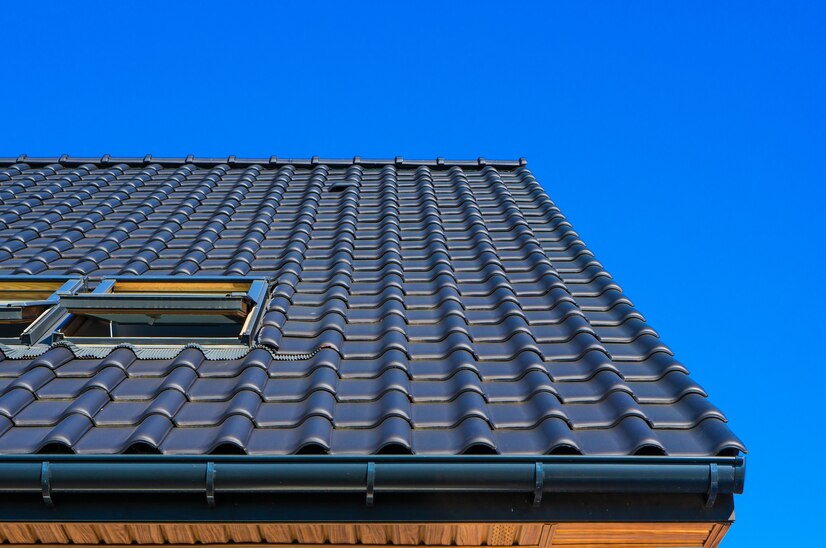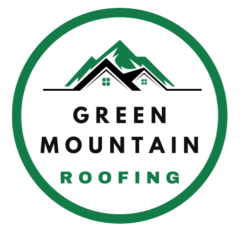When summer heat hits the Bay Area, it doesn’t just affect your comfort; it also takes a toll on your roof, attic, and energy bills. While most homeowners focus on insulation or air conditioning to manage rising temperatures, there’s another essential piece of the puzzle that’s often overlooked: roof ventilation.
At Green Mountain Roofing, we help homeowners improve not only their roof’s durability but also their indoor comfort and efficiency. If you’ve been wondering how to better manage attic temperatures and extend the life of your roof, understanding the importance of roof ventilation in the Bay Area is a great place to start.
What Is Roof Ventilation?
Roof ventilation refers to a system of intake and exhaust vents that allows air to flow through your attic. These vents help regulate temperature and moisture levels by pulling cooler air in and pushing hot, stale air out.
A properly ventilated roof creates a balanced airflow, keeping your attic from turning into a heat trap during the summer and helping to prevent moisture problems during the winter.
Why It Matters for Bay Area Homes
The Bay Area is known for its varied microclimates. Inland areas like Walnut Creek or Pleasanton can regularly see summer temperatures in the 90s, while coastal zones like Pacifica or Daly City often stay cooler but experience more fog and moisture.
No matter where you live, roof ventilation plays a critical role in protecting your home and improving its efficiency. Without proper airflow, hot air becomes trapped in the attic, radiating downward into your living spaces and forcing your HVAC system to work harder.
Benefits of Proper Roof Ventilation
1. Cooler Indoor Temperatures
Good roof ventilation helps release built-up heat in the attic, which keeps your home cooler overall, especially in second-floor rooms or areas directly under the roof. This reduces the strain on your air conditioner and keeps energy bills in check.
2. Lower Energy Costs
By reducing attic temperatures by up to 30°F, ventilation significantly improves the efficiency of your cooling system. Less energy use means more savings over time.
3. Longer Roof Lifespan
When your attic gets too hot, it accelerates the aging of roofing materials like shingles and underlayment. Proper airflow minimizes this heat buildup, preserving the integrity of your roof for years to come.
4. Moisture Control
While summer heat is a concern, winter moisture is just as problematic. Poor ventilation can lead to condensation inside your attic, promoting mold growth, wood rot, and insulation damage. Balanced airflow helps keep moisture in check.
5. Improved Air Quality
A stagnant, overheated attic can affect indoor air quality. Ventilation helps maintain healthy airflow, reducing humidity and filtering out potential allergens or toxins trapped in your attic insulation.

Types of Roof Ventilation Systems
There’s no one-size-fits-all approach when it comes to roof ventilation. At Green Mountain Roofing, we assess your roof’s pitch, structure, and material to determine the best combination of vents for your home.
Common ventilation options include the following:
- Ridge vents – Installed along the peak of the roof to allow warm air to escape naturally.
- Soffit vents – Located under the eaves to draw in cooler outside air.
- Gable vents – Placed on the exterior walls near the roofline to promote cross-ventilation.
- Roof turbines or power vents – Mechanically driven options that actively pull hot air out of the attic.
A well-designed system includes both intake and exhaust to keep air moving in the right direction. Without balanced airflow, your ventilation may actually trap heat or moisture inside.
Signs Your Roof May Need Better Ventilation
Not sure if your current ventilation system is doing the job? Here are a few signs to watch for:
- Upstairs rooms that are always hotter than the rest of the house
- High energy bills during the summer months
- Visible mold or mildew in the attic
- Damp or deteriorating insulation
- Shingles that are curling, cracking, or aging prematurely
- Ice dams forming in winter (in colder Bay Area microclimates)
If you’ve noticed any of these issues, it’s a good idea to schedule a roof inspection.
Professional Roof Ventilation in the Bay Area
Whether you’re installing a new roof or updating an older system, proper ventilation should always be part of the plan. Not only does it help your home stay cooler in the summer, but it also protects the health of your roof year-round.
At Green Mountain Roofing, we specialize in designing and installing effective roof ventilation systems for Bay Area homes. We take into account your home’s structure, local climate, and roofing materials to create a solution that works and lasts.
Keep Your Home Cool and Your Roof Protected
Don’t let trapped heat take a toll on your comfort or your energy bills. With the right ventilation system, you can extend the life of your roof, reduce cooling costs, and enjoy a more comfortable home all summer long.
Contact Green Mountain Roofing today to schedule an attic inspection or ventilation consultation. We’re here to help you keep your Bay Area home cooler, healthier, and more efficient, season after season.

